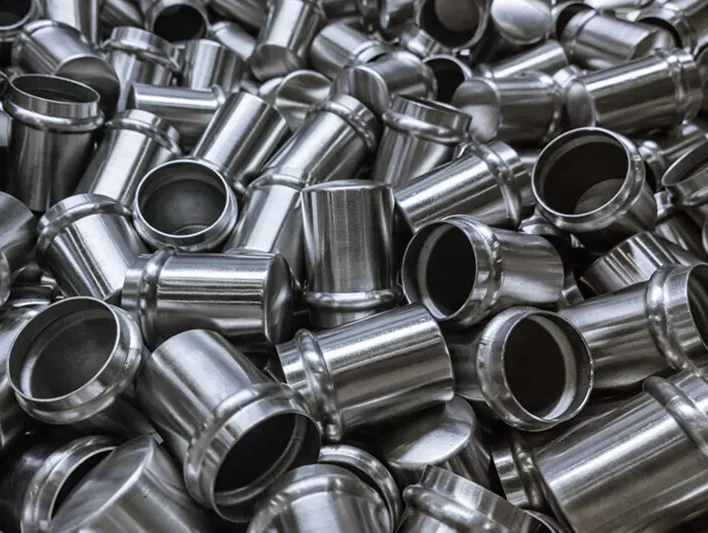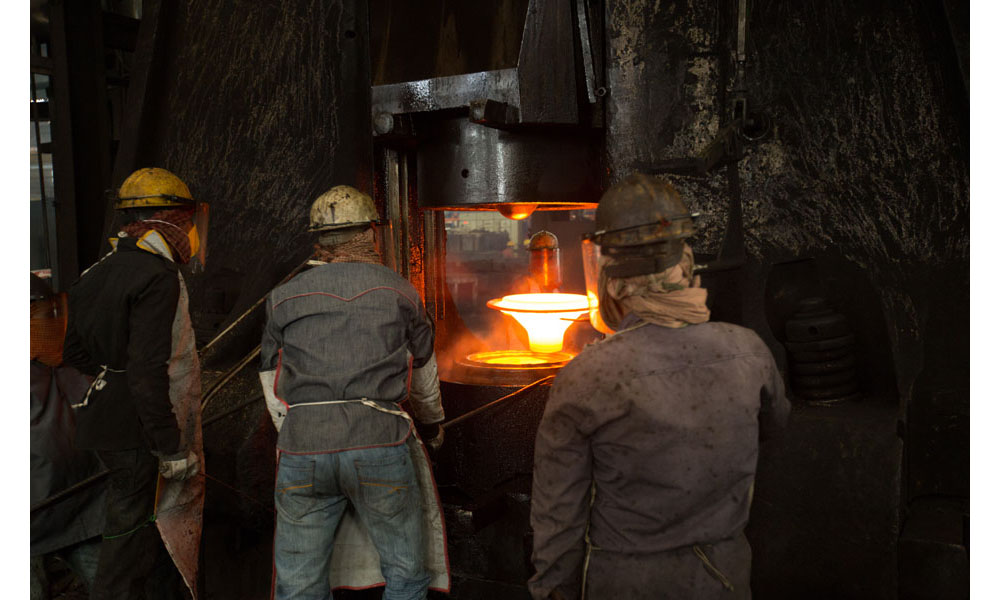Cold Forging Technology For Stainless Steel Forgings
The cold forging of stainless steel is one of the fast-rising activities in the manufacturing industry.

Cold Forging Technology For Stainless Steel Forgings
Cold Forging Technology For Stainless Steel Forgings
Cold forging is one of the forging technologies growing fast in the manufacturing industry. It is a forging technology that works on metals or blanks at room temperature. But there is a lot of information about this cold forging, especially on forging steel that is worth noting for both the manufacturers and consumers. That is what we are providing you in this post.
The cold forging of stainless steel is one of the fast-rising activities in the manufacturing industry. As one of the hardest metals in the industry, cold forging is a game changer. What do you need to know about cold forging stainless steel? Well, these are key things you need to understand.
What Is Cold Forging?
The cold forging process is a forging process that works on metal blanks at room temperature. It is the opposite of hot forging technology. The technique has grown from the cold extrusion to the cold mold forging to where we have now a very effective cold forging. The forging of steel at room temperature is unique by its self because of the hardness. For sometimes, cold forging has been associated with soft metals such aluminium.
Advantages Of Cold Stainless Steel Forging
There are many structural and economical advantages of cold forging over other forging technologies hence making it popular. Some of the major advantages include not heated blanks. You don’t need to pre-heat the stainless steel billet for forging. This means that you will be spending less on the forging process of forging the material. Cold stainless steel forgings have better dimensional accuracy as well as low roughness. This means the cost of finishing is lower.
Another advantage of cold stainless steel forging ease of automating the production line. It is very easy to introduce industrial robots to automate this forging process. The vast range of application is another advantage of cold forging. You can use it for making stainless steel parts for the automotive, military, textile and aviation industry among many others.
Important Cold Forging Elements
There technical aspects of the cold stainless steel forging that you need to get right to get the right products. These elements could greatly determine the quality of the products that you want to forge. Here are crucial elements you should know:
The Designs Points
When designing a cold stainless steel forging, you must always ensure that the parts are completely as symmetrical as possible. This is to help ensure the billet will flow smoothly during the forming phase.
Sub-Moulded Surface
The cold stainless steel forging has two forms: small edger open mold forging and a closed die forging. The main difference is that the parting surface of the small edge is usually at the end face of the large diameter of the forged product.
Processing Margin and Tolerances
The process offers one of the best tolerance features. With cold forging, you can produce near-net shapes and this has an effect on the preceding phases. Even if there will be any form of machining, it’s not that demanding. This is because the level of accuracy is already high.
Die Slope and Fillet Radius
The mold slope and the fillet radius are two crucial factors to consider for a perfect working system. The die slope should be between 0 and 3 degrees. The filler radius and be adjusted depending on the expected products and properties.
Cold Stainless Steel Forging Challenges
Just like most of the forming processes, there are challenges that come with cold forging. One of the technical downsides of using cold stainless steel forging is the strength of the metal. With metals forged at room temperature, some of the steel alloys could be difficult to forge. Their deformation resistance could be very high for the forging. However, this problem can be sorted out by slightly heating hard material to reduce the deformation resistance.
Conclusion
Cold extrusion of stainless steel is one of the biggest achievement in the industry. It has eliminated the needed to heat metals to form them. The quality of the surface is very and one does not need to go through the finishing work. The near net shapes have made machining work easy and almost unneeded. However, get everything right for correct cold stainless steel forging.

